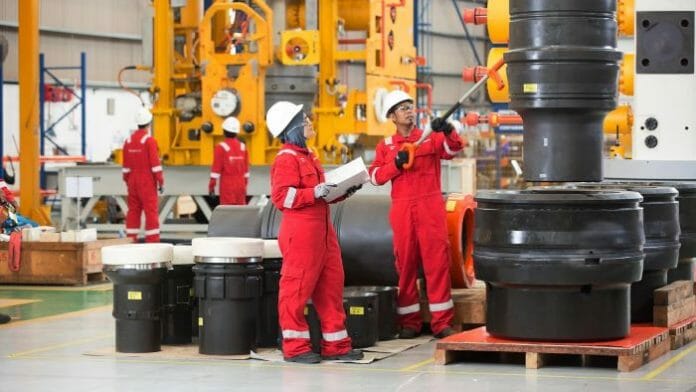The country’s manufacturing PMI fell for the third straight month in November (47.9; Oct: 48.7), a 15-month low, the sector remained at the contraction level (below the neutral level: 50.0), reflecting a persistent weakness in demand amid
subdued orders and output.
The report indicates a weak production output, signaling weak growth momentum, it also pointed to new orders softening for a third straight month, the lowest level since September 2021, reflecting a muted demand condition. On the external demand, it recorded a downtrend, with new export orders falling for the fifth straight month, in line with the rising risk of a global growth slowdown.
Cost pressure persisted but at a slower pace while input costs increase at a slower pace due to higher raw material prices and are partly exacerbated by exchange rate weakness. Nonetheless, Kenanga noted that firms reportedly passed the burden partially via higher output costs to clients.
However, it is comforting to know that business sentiment over the coming year remained positive, optimism remained for the seventeenth straight month amid hopes that demand would normalise in the longer run. But Kenanga noted the degree of confidence fell to a five-month low, weighed by concerns over the impact of the current economic condition.
Meanwhile, staffing level was broadly neutral as resignations in some firms were offset by increased hiring in others. Manufacturing activity eased further among major economies amid subdued demand − US: flash manufacturing PMI fell into contractionary reading for the first time since June 2020 amid subdued new orders.
Japan (49.0; Oct: 50.7): contracted for the first time in nearly two years amid weak demand and output brought on by the global economic slowdown and inflationary pressures. GDP growth forecast for 2023 retained amid expected economic slowdown and normalisation in the economic activities post-pandemic
The recent slowdown in manufacturing activity, as reflected by the latest manufacturing PMI, Kenanga said matched the expectation of a sharp slowdown in 4Q22 GDP growth. This was largely due to the high base effect, weak external demand from key trading partners, and the impact of China’s zero-COVID policy.
Despite the November indicators, the research house continues to expect manufacturing growth to grow by 8.8% in 2022 (2021: 9.5%). Likewise, given the better-than-expected 3Q22 GDP growth (14.2%), it has revised earlier the 2022 GDP growth forecast to 8.6% from 6.5% – 7.0% (2021: 3.1%), considering the sustained momentum in the domestic demand on the back of various policy support and continued recovery in the tourism-related sub-sector.
For 2023, Kenanga expects growth to moderate to 4.3% due to the global economic slowdown, tighter financial conditions, and rising external headwinds.









